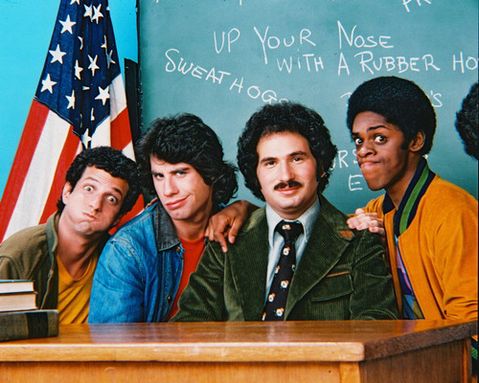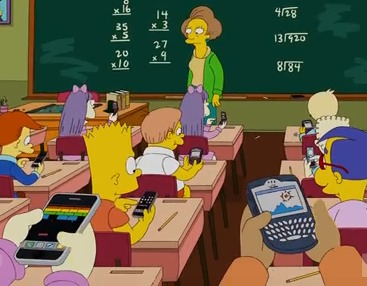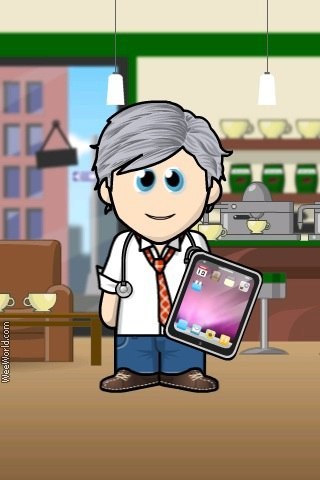“To the beginner the choices are few, to the expert the choices are many.”
Wojek Smallsoa, as quoted in The Trio of Hands, 1962
The game of ‘Rock Paper Scissors’ has been used for dispute resolution for 7000 years. According to the
World RPS Society. “Early Homo-sapiens used a proto-RPS gamea to resolve food and mating disputes.
Rock Paper Scissors is an exacting sport , with deep cultural and scientific roots. Although not yet accepted into the Olympic games, international competition is growing in popularity at a very rapid rate.
Fancy that winner’s cheque? Then you will need to learn some of the more advanced RPS skills.
In addition, the society’s websites provide a number of playing guides, which range from
basic to
advanced startegies.
Basically, there are two ways to win at RPS. First is to take one throw away from your opponent options. ie – If you can get your opponent to not play rock, then you can safely go with scissors as it will win against paper and stalemate against itself. Seems impossible right? Not if you know the subtle ways you can manipulate someone. The art is to not let them know you are eliminating one of their options. The second way is to force you opponent into making a predictable move. Obviously, the key is that it has to be done without them realizing that you are manipulating them.
Here are some tips –
1 – Rock is for Rookies
In RPS circles a common mantra is “Rock is for Rookies” because males have a tendency to lead with Rock on their opening throw. It has a lot to do with idea that Rock is perceived as “strong” and forceful”, so guys tend to fall back on it. Use this knowledge to take an easy first win by playing Paper. This tactic is best done in pedestrian matches against someone who doesn’t play that much and generally won’t work in tournament play.
2 – The Double Run
When playing with someone who is not experienced at the RPS, look out for double runs or in other words, the same throw twice. When this happens you can safely eliminate that throw and guarantee yourself at worst a stalemate in the next game. So, when you see a two-Scissor run, you know their next move will be Rock or Paper, so Paper is your best move. Why does this work? People hate being predictable and the perceived hallmark of predictability is to come out with the same throw three times in row.
3 – Step Ahead Thinking
Don’t know what to do for your next throw? Try playing the throw that would have lost to your opponents last throw? Sounds weird but it works more often than not, why? Inexperienced (or flustered) players will often subconsciously deliver the throw that beat their last one. Therefore, if your opponent played paper, they will very often play Scissors, so you go Rock. This is a good tactic in a stalemate situation or when your opponent lost their last game. It is not as successful after a player has won the last game as they are generally in a more confident state of mind which causes them to be more active in choosing their next throw.
4 – When All Else Fails Go With Paper
Haven’t a clue what to throw next? Then go with Paper. Why? Statistically, in competition play, it has been observed that scissors is thrown the least often. Specifically, it gets delivered 29.6% of the time, so it slightly under-indexes against the expected average of 33.33% by 3.73%. Obviously, knowing this only gives you a slight advantage, but in a situation where you just don’t know what to do, even a slight edge is better than none at all.
5 – Gain mastery of the Gambit
A Gambit is “a series of three successive moves made with strategic intention.”
The use of Gambits in competitive RPS has been one of the greatest and most enduring breakthroughs in RPS strategy. Selecting throws in advance helps prevent unconscious patterns from forming and can sometimes reduce the subconscious signals that give away the next throw, often called “tells”. Gambits are the focal point of beginner strategy and form the basis of many advanced strategies.
Although there are 27 possible combinations of three throws, some are of particular significance.
The Great Eight Gambits are those deemed to be the most historically significant and widely employed. They also happen to be the only eight Gambits where there is near unanimous consent upon the names.
Here are three of the most popular gambits
Should you or shouldn’t you.
Let’s decide – Best of three……..
What I Learnt On 3rd February in other years
Add a comment
















 RSS - Posts
RSS - Posts

